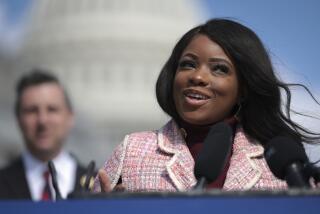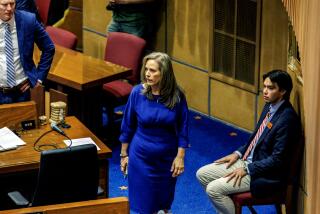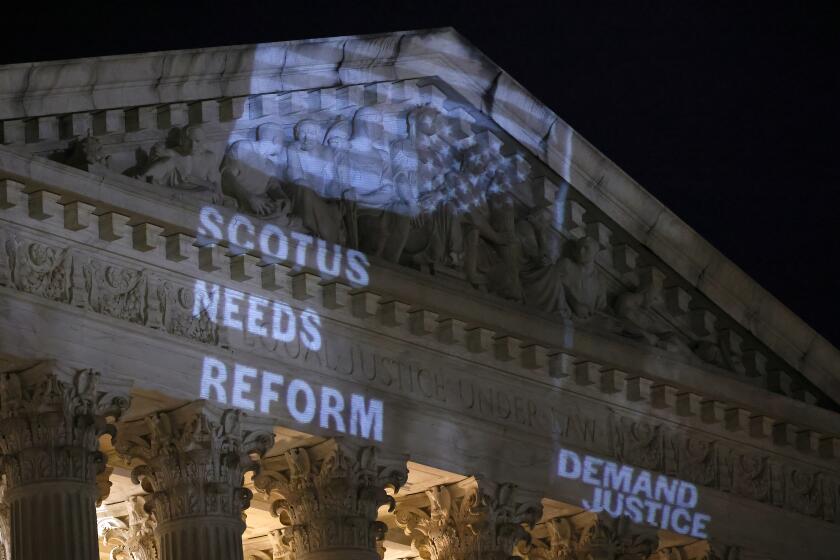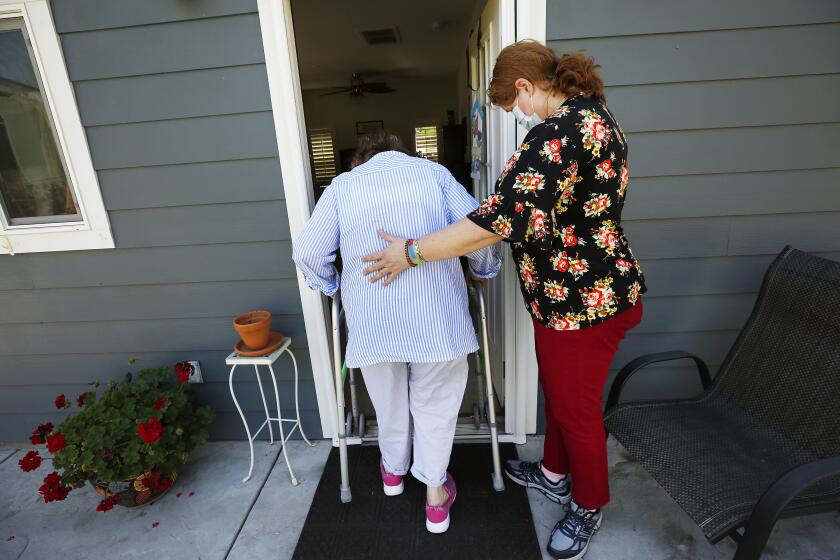Multiracialism: Vive la Difference
For the Assn. of Multiethnic Americans, Tiger Woods couldn’t have come along at a better time. That’s because several lobbying groups, spearheaded by the association, have worked arduously for the past four years to persuade the government that those little boxes we check off when we describe our race to the Census Bureau are inadequate. For some people, anyway.
Woods, whose mother is Thai, whose father is African American and who counts among his paternal ancestors American Indians as well as whites, has become something of a lobbyist himself for multiracial Americans. He visibly bristled when reporters asked him about how he felt being the first black golfer to win the Masters, and was quick to remind anyone who had the temerity to forget that he came from a multicultural household and was a blend of several ethnicities and races, not just the most obvious one.
It’s a point racially mixed people have been trying to make for some time. The Office of Management and Budget, when it realized that mixed marriages are becoming more a part of American life, made a decision: Starting with the next census, respondents will be able to check off as many boxes in the census categories as apply. No more “other.” If you’re East Indian (Asian) with a Scottish great-grandmother (white), a Jamaican grandfather (black) and a Chinese-Cuban mother (a not-uncommon mixture in some parts of the Caribbean), you will be able to check the boxes you feel reflect your heritage.
Faye Mandell, for one, is delighted. A licensed clinical social worker, Mandell is the spokeswoman for Multiracial Americans of Southern California, a support group for mixed-race individuals and interracial families. She spends most of her professional time helping multiracial Angelenos cope with a world that often sees them--and demands that they see themselves--as one race. She counsels couples in interracial marriages, families with adopted children of different races and people who, like Woods, refuse to describe themselves as their most obvious ethnicity for society’s convenience. As far as Mandell is concerned, the OMB, while declining to create a “multiracial” box, has made a step in the right direction with its new ruling.
How the races will be tabulated under the new ruling has yet to be decided. It’s not a small detail and, in all probability, will involve lots of wrangling, some of it bitter. For now, Mandell says, “overall, the feeling is a good one” from the groups that lobbied for the change.
Besides issues of self-esteem (which, to a therapist, are of critical importance), Mandell says the multiple-box approach is important for other, more concrete reasons. Screening for diseases that are genetically inherent in certain ethnic groups, for instance, might become more efficient if one’s total heritage is acknowledged. An African American child with other ethnicities in her background may need to be screened not only for sickle-cell anemia, a blood disease that affects mostly people from the African diaspora, but for genetic diseases peculiar to the other ethnic strains in her as well.
Even if the medical reasons weren’t compelling enough, Mandell has another, more personal reason to applaud the OMB. She’s the parent of a young daughter who is biracial. “People want to know what difference, really, will this ruling make, and for people like me, who identify with one racial category, it won’t make a difference,” Mandell asserts. “But my daughter, who is black and Caucasian, will be able to check off both boxes.” In other words, she’s not an “other.” She’s something specific: black and white.
The number of mixed-race children has grown from 500,000 to more than 2 million between 1970 and 1990, and despite the wishes of all kinds of monoethnic interest groups, those numbers will continue to increase. California is estimated to lead the nation in interracial marriages and mixed-race individuals. Celebrities like Woods, Mariah Carey, Paula Abdul and Jon Secada have spoken matter-of-factly about their multiethnic backgrounds. Expect more of that, possibly even from people who, to the naked eye, look white but have other ethnic strains they’re now choosing to acknowledge.
Like a lot of African Americans, I could check a couple of the census boxes myself (estimates are 85% of us have American Indian ancestors), but I will continue to check only one. The government has just allowed us each to feel we’re completely accurate in doing so. Vive la difference. Now all it has to do is figure out what, if anything, to do with that information.
More to Read
Get the L.A. Times Politics newsletter
Deeply reported insights into legislation, politics and policy from Sacramento, Washington and beyond. In your inbox three times per week.
You may occasionally receive promotional content from the Los Angeles Times.






